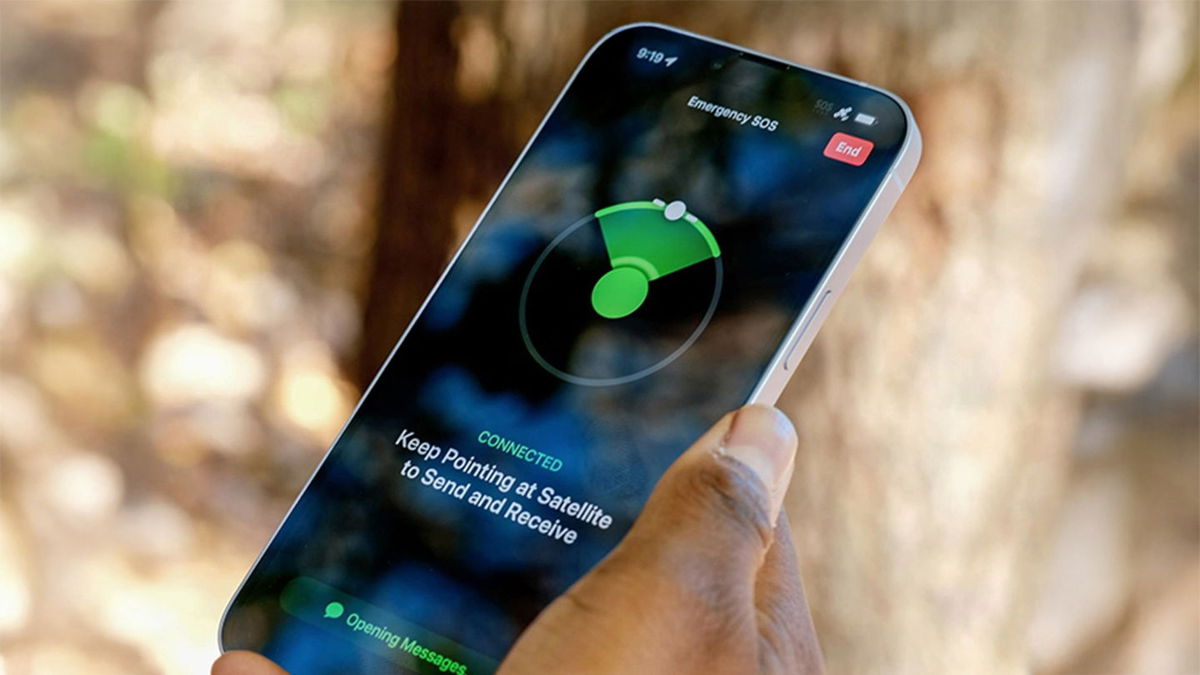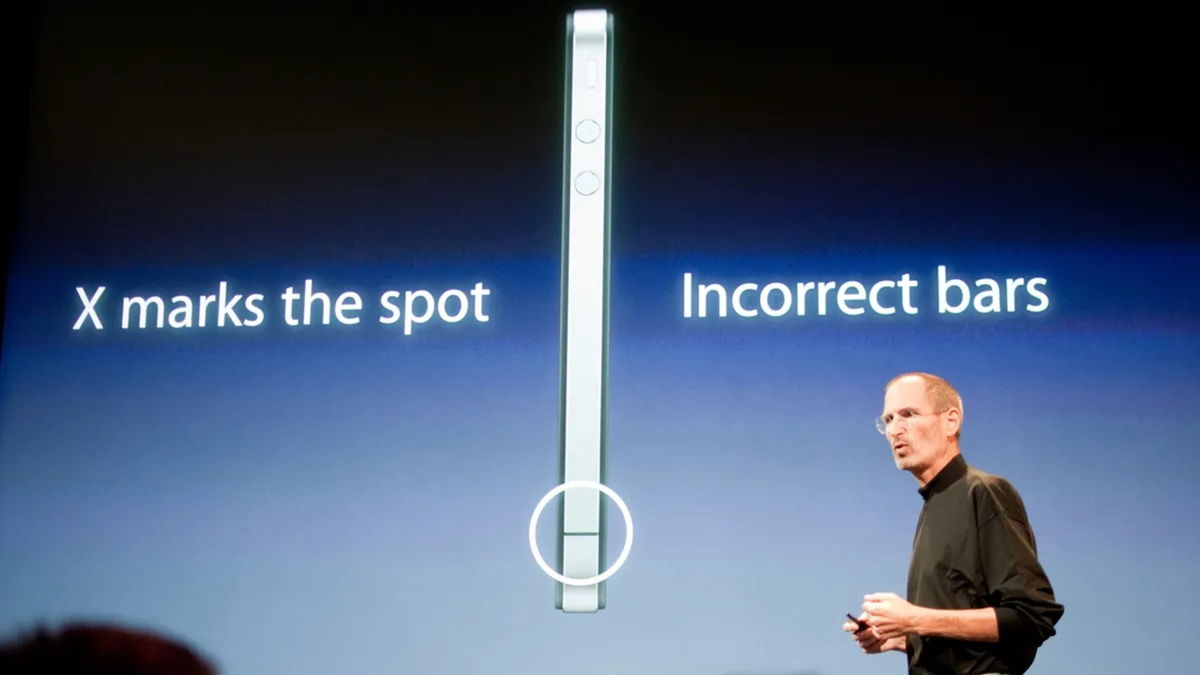Along with the iOS 18 update, Apple has just released macOS 15 Sequoia. A new version of the operating system for Apple computers is now available for download on compatible computers. The software includes several interesting new features, although it does not yet include the most anticipated feature: support for Apple Intelligence.
As a reminder, Apple Intelligence will debut on iOS, iPadOS, and macOS next October. However, it won’t be available in Europe on iPhone and iPad initially. In any case, it’s worth saying that there are signs that Apple’s AI suite will launch this year in Spain and other European countries as part of macOS 15.1. However, this will only work if English is the primary language on your Mac.
With this clarification, you can now install macOS 15 Sequoia on compatible computers to enjoy the rest of its features. Some of the most notable include:
- iPhone Mirroring: This feature allows you to view and control your iPhone directly from your Mac, and you can even receive notifications and interact with apps even when your mobile screen is locked.
- Passwords: A new app for managing passwords stored in iCloud Keychain. It also supports access keys and verification codes.
- Safari: Apple’s web browser has also improved performance, making it faster, and introduced some very interesting features. These include the ability to generate short descriptions of a site and the introduction of a new distraction control that lets you hide annoying elements of the websites you visit.
- Video calls: You can now change your video call background and preview your screen before sharing it during a conference.
Of course, there are a few other new features in the macOS 15 Sequoia update, which you can read about in detail here. We’ll see how much the software experience changes once it integrates with Apple Intelligence next month. Of course, remember that Apple’s AI suite will only work on Macs with an M1 chip or newer.
Which Mac computers are compatible with macOS 15 Sequoia?
- If you want to install macOS 15 Sequoia on your computer, keep in mind that Apple’s new operating system is compatible with the following models:
- iMac Pro (2017)
- iMac (Retina 5K, 27-inch, 2019)
- iMac (Retina 4K, 21 inches, 2019)
- iMac (Retina 5K, 27-inch, 2020)
- iMac M1 (2021)
- iMac M3 (2023)
- MacBook Air (Retina, 13-inch, 2020)
- MacBook Air (M1, 2020)
- MacBook Air (M2, 2022)
- MacBook Air (15-inch, M2, 2023)
- MacBook Air (13-inch, M3, 2024)
- MacBook Air (15-inch, M3, 2024)
- MacBook Pro (13-inch, 2018)
- MacBook Pro (15-inch, 2018)
- MacBook Pro (13-inch, 2019)
- MacBook Pro (15-inch, 2019)
- MacBook Pro (16-inch, 2019)
- MacBook Pro (13-inch, 2020)
- MacBook Pro (13-inch, M1, 2020)
- MacBook Pro (16-inch, 2021)
- MacBook Pro (14-inch, 2021)
- MacBook Pro (13-inch, M2, 2022)
- MacBook Pro (16-inch, 2023)
- MacBook Pro (14-inch, 2023)
- MacBook Pro (16-inch, November 2023)
- MacBook Pro (14-inch, November 2023)
- MacBook Pro (14-inch, November 2023)
- Mac Pro (2019)
- Mac Pro (2023)
- Mac Studio (2022)
- Mac mini (2018)
- Mac mini (M1, 2020)
- Mac mini (M2, 2023)
- Mac mini (M2 Pro, 2023)
How to install it?
If you want to install macOS 15 Sequoia on your computer, the process is very simple. First, make sure your Mac is on the list of compatible models that we shared with you earlier. If it is, you just need to enter Settings computer and access GeneralOnce there, click Software update.
After that, your Mac will start searching for the macOS 15 Sequoia update. Once you find it, you just need to click on Download and installand follow the instructions that appear on the screen. Keep in mind that this process may take more or less time depending on your internet speed. Once the download is complete, you can choose to install the update immediately or schedule it for another time.
If you have an older Mac that doesn’t support macOS 15 Sequoia, we remind you that you can choose version 2.0 of OpenCore Legacy Patcher. This application allows you to take advantage of the new operating system on your computers. the oldest which were launched between 2008 and 2019.
Source: Hiper Textual
I’m Ben Stock, a highly experienced and passionate journalist with a career in the news industry spanning more than 10 years. I specialize in writing content for websites, including researching and interviewing sources to produce engaging articles. My current role is as an author at Gadget Onus, where I mainly cover the mobile section.













